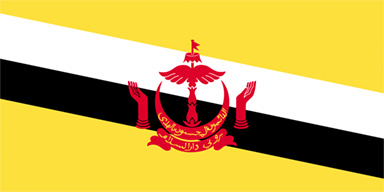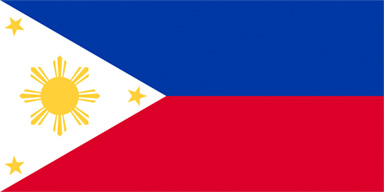
Research: The Philippines 01
Manila
2015.01.08 - 01.11
The first research trip of the SEA PROJECT was conducted in Manila. The curatorial team interviewed artists and curators from different generations and also visited museums, galleries, and art spaces to find out how the art scenes and practices have developed in a culture that was formed through “300 years in a convent, and fifty years in Hollywood.” Having participated in the 57th Venice Biennale in 2015 as a national pavilion after a hiatus of fifty-one years, the curators explore how the arts of the Philippines continue to develop.
-
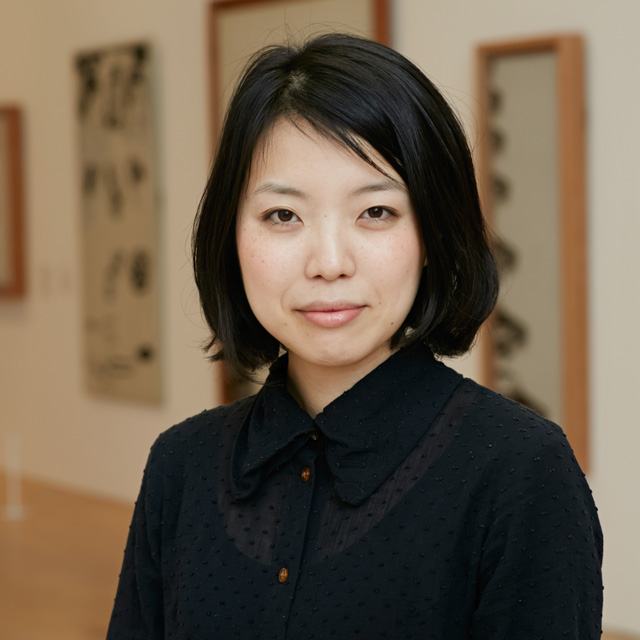 Haruko Kumakura
Haruko Kumakura -
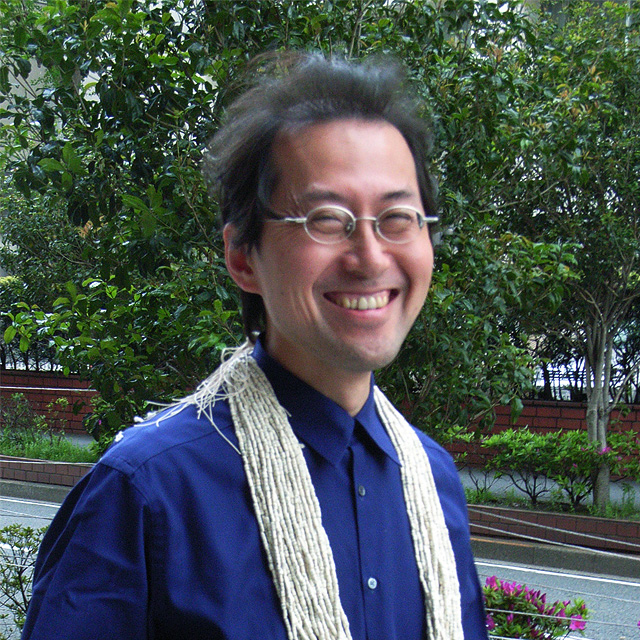 Minami Yusuke
Minami Yusuke -
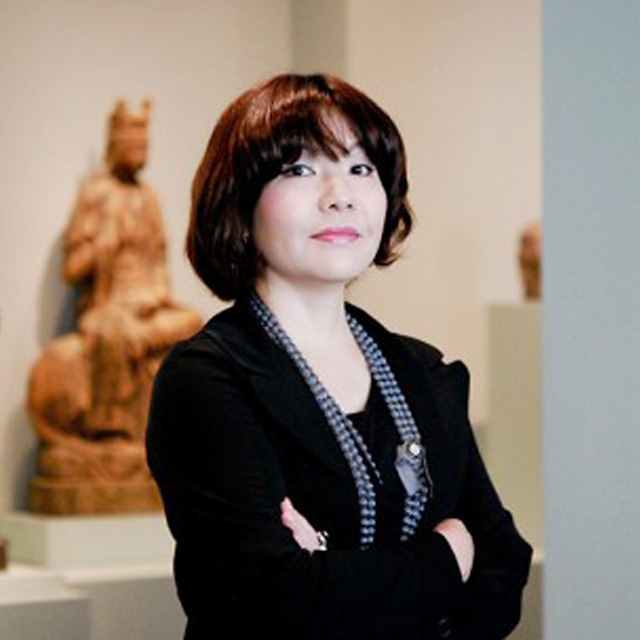 Mami Kataoka
Mami Kataoka -
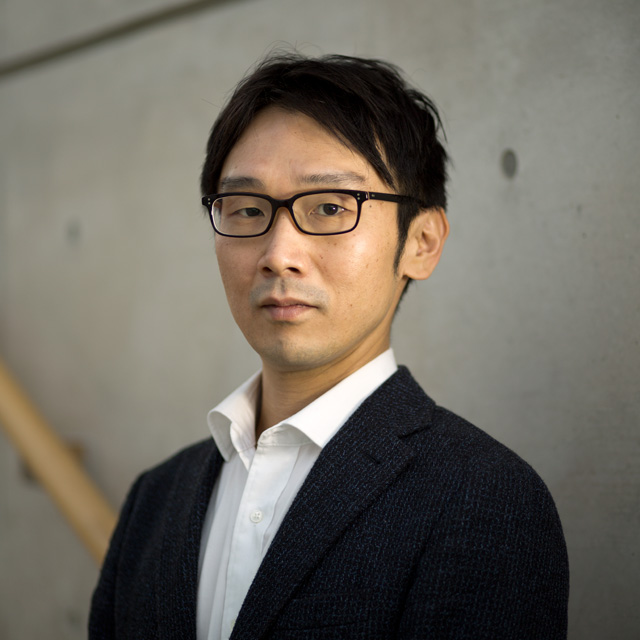 Naoki Yoneda
Naoki Yoneda
artbooks.ph
2015.01.08
The bookstore, artbooks.ph, was opened in April 2014 by artist Ringo Bunoan (1974-), the former head of Big Sky Mind Artists’ Projects Foundation, an artist-run space established in the 1990s. Working online and offline, artbooks.ph sells not only books on contemporary art but also publications of a variety of other topics. The bookstore was opened out of concern for the lack of art magazines, catalogues, and criticism in modern Philippines. Its goal is to revitalize the publishing sphere in the country and spread publications to both local and international readers. The parent organization of artbooks.ph is the Pioneer Studio photo studio, which provides high-quality printing for art works for exhibitions, as well as studio-space for rental. When we visited, the space was undergoing renovation in preparation for an exhibition. In the future, they plan to begin a cross-genre collaborative publishing program involving artists, writers, and designers.
Finale Art File
2015.01.08
One of the longest-running active gallery in the Philippines, Finale Art File was first opened in Makati in 1983. The gallery has often hosted exhibitions that give young artists and their experimental works numerous opportunities for exposure, including conceptual artist Roberto Chabet (1937-2013) and his many students whom he has taught at the University of the Philippines. In the 1990s, Finale Art File and fifteen to twenty other galleries moved to a shopping mall to hold well-attended Art Walk, but the rise in rent during the late 2000s led to the closure of galleries after galleries, prompting Finale Art File to move to a large 450 square meters new space in 2008. Today, this space is divided into three separate exhibition spaces where the gallery holds exhibitions for Filipino artists active both in the Philippines and abroad.
Jorge B. Vargas Museum and Filipiniana Research Center, University of the Philippines
2015.01.09
The Jorge B. Vargas Museum features collections covering the history of modern art in the Philippines from the 1880s to the 1960s. Also offered are an archive on Philippine art and a reading room. The collection exhibits are a genealogy of paintings loosely thematically categorized while maintaining a historical perspective. Curated by Patrick Flores, Professor of University of the Philippines, the collections include works by nationally treasured painters such as Fernando Amorsolo, as well as photographs, videos, and printed material woven in as referential materials about modern art and each respective era of history. The special exhibit at the time of our visit featured works resulting from a workshop organized by the Japan Foundation for young curators, titled “RUN & LEARN.” Through this event featuring a number of artists curated by Con Cabrera, Ricky Francisco, Merv Espina, and Mayumi Hirano, we got a glimpse at the critical mindset and concerns of young artists in Manila. In residence in Manila from Japan, Yoshinori Niwa has implemented a participatory project focused on the city’s local waste disposal problems. The Working Artist Group also operated an excellent project out of the museum’s underground space, delving into the question of the function of the art museum.
Green Papaya Art Project
2015.01.09
The first wave of alternative spaces occurred in Manila in the 1970s. Following this was the second wave beginning in the 1990s, in which alternative spaces and artists-run spaces served an important role, but most of these closed after only three to five short years. One of these spaces that ultimately lasted the longest was the Green Papaya Art Project founded in 2000. Co-founder Norberto Roldan (1953-), who once worked for a television station, stated, “in the year 2000, there was no art market like there is today. It was only natural to seek for a space and methods to exhibit works by ourselves, like activism. The market began to appear around 2008, but the work of the Green Papaya Art Project hasn’t changed.” They have hosted a variety of activities, including sound art, dance, spoken word, performances, and talks. Although they were concerned about how the eco-balance would be upset due to the rapid growth of the market, it still seemed to retain its character as a comfortable place where various discussions can flourish.
1335MABINI
2015.01.10
1335 MABINI is a gallery and alternative space located at 1335 A. Mabini Street in Manila. Operated jointly with Austria’s Galerie Zimmermann Kratochwill, the gallery not only actively displays artwork, but also actively hosts performances, workshops, and talk events. Since 2013, it also offers an artist-in-resident program. Kiri Dalena (1975-) who is affiliated with the gallery describes herself as being both an artist and an activist, and, through a combination of documentary film-making and sculpting, her interest lies in the human rights issues facing those involved in accidents and other incidents. Also with the gallery is artist Poklong Anading, who makes free and skillful use of various media including drawing, photography, and video, striving to expand the possibilities for viewer participation in his work. Japanese artists Niwa Yoshinori and Mohri Yuko also exhibit their works here at what could be called one of the most international-minded galleries in the Philippines.
98B COLLABoratory
2015.01.11
98B COLLABoratory is an artists-run space located in Manila. This space was founded in 2012 with artist Mark Salvatus (1980-) and curator Mayumi Hirano as the primary member to help accommodate Manila’s increasingly diverse art scene. According to artist-curator Marika Constantino, one of the founding members, the space was originally established out of the desire for a space where young artists could gather and experiment in the midst of what was felt to be an exclusive and cliquish art scene in the Philippines. The space is open to a multiplicity of uses, serving as a studio, office, kitchen, shop, and also as a library usable by anyone. With its residency program and hosted talks and exhibits, 98B COLLABoratory seems to be striving to create a platform for network-building between those involved in art and the general people.
Jose Tence Ruiz (1956 –)
2015.01.11
Jose Tence Ruiz is an artist who participated in the 2015 Philippines Pavilion of the 57th Venice Biennale, curated by Patrick Flores. In an interview, Mr. Ruiz described for us in detail the history of drastic political and social changes the Philippines has undergone in the last fifty years, including the 1965 – 1986 Marcos government, the cultural and internationalization policies of Imelda Marcos in the 1970s, and the EDSA Revolution of 1986. In this context, the world of contemporary art featured a struggle between European and American art with indigenous, popular Philippine art, as well as the parallel advance of works of socialist realism, abstract painting, and non-object art. Amidst the calls for democratization, there is great affinity between activism and artistic expression, and this tendency is also visible among modern young artists. “I have great concern for daily reality. Newspaper articles are my inspiration,” says Mr. Ruiz. He conveys a social awareness rooted in his own social context.
The Cultural Center of the Philippines (CCP)
2015.01.11
The Cultural Center of the Philippines (CCP) is a multi-purpose cultural center established in 1969 by the Ferdinand Marcos administration to promote art and culture. The CCP hosts domestic and international events in music, dance, theater, visual art, literature, film, and design. In the 1970s and '80s, the CCP grew further with a primary focus in theater. In 1973, the Philippine Philharmonic Orchestra became the first group formed to utilize the CCP as the foundation for its activities, and today there are a total of nine such groups in both music and the performing arts. The CCP also publishes materials such as magazines, books, and audio-visual media, publishing the ten-volume CCP Encyclopedia of Philippine Art in 1994. In the field of modern visual arts, especially noteworthy is the Thirteen Artists Award held every three years since 2009. Because the thirteen domestic artists nominated for this award participate in an exhibition held at the CCP, this award is becoming a gateway to success for contemporary Philippine artists.
Sanggawa (1994 – 1998)
Sanggawa is a Manila-based artist collective that grew out of a group of University of the Philippines students, Grupong Salingpusa, active from 1988. Formed in 1994 by Elmer Borlongan, Karen Flores, Mark Justiniani, Joy Mallari, and Federico Sievert, the Sanggawa artists jointly created large, non-abstract paintings and murals characterized by their dynamic composition and fine detail. These works blended political and satirical themes with traditional Philippine myths and legends. Active as Sanggawa until 1998, it was certainly not a long-lived group, but they worked throughout the Philippines and abroad, even staying in Tokyo in 1997 to work at the Museum of Contemporary Art Tokyo. Even though Sanggawa has come to an end, the individual members continue to be active and well-regarded artists.
Roberto Chabet (1937 – 2013)
Roberto Chabet was a leading conceptual artist from the Philippines. Whereas conceptual artist David Medalla (1942-) moved to Britain in the 1960s, Chabet was appointed the gallery director of the Cultural Center of the Philippines in 1967 at the age of thirty. After observing the state of art in Europe and the Americas, Chabet worked almost entirely within the Philippines. Under his direction, the CCP organized numerous experimental exhibitions. His work extended beyond being an artist and curator, and into education where he began teaching at the University of the Philippines in 1971, and in this role he provided spiritual and moral support for young artists for their professional independence and spaces such as SHOP6 for their activities. Chabet’s name came up repeatedly in the interviews with all kinds of artists and gallery directors, and even today many conceptual artists were in fact his pupils. He was and still is an essential presence in the development of Philippine conceptual art.
Special Thanks
Alice Sarmiento
Anjo Bolarda
Cesar H. Villalon
Con Cabrera
Derek Tvmala
Eric Zamuco
Evita T.Sarenas
Gabriel Barredo
Isa Lorenzo
Jose Tence Ruiz
Joselina Cruz
Joseph Gabriela
Joy Mallari
Karen Flores
Kiri Dalena
Senator Loren B. Legarda
Marc J. Ocampo
Marika Constantino
Mark Justiniani
Norberto Roldan
Patrick D. Flores
Poklong Anading
Ricky Francisco
Ringo Bunoan
Sidd Perez
Yael Buencamino
Yason Banal
Research

- The Philippines
- (2015.01.08 - 01.11)
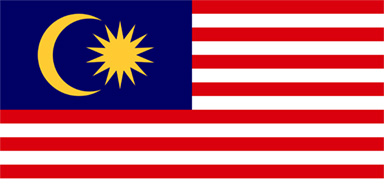
- Malaysia
- (2016.09.27 - 09.28)
- (2015.02.06 - 02.11)

- Myanmar
- (2015.10.24 - 10.29)

- Indonesia
- (2015.11.13 - 11.23)

- Vietnam
- (2015.12.13 - 12.20)

- Singapore
- (2016.11.08 - 11.11)
- (2016.01.21 - 01.23)
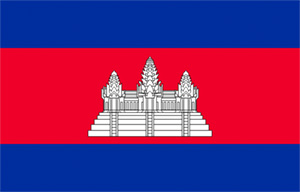
- Cambodia
- (2016.01.24 - 01.26)
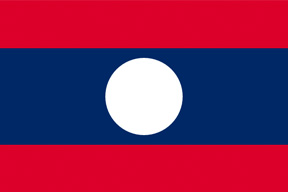
- Laos
- (2016.01.27 - 01.28)
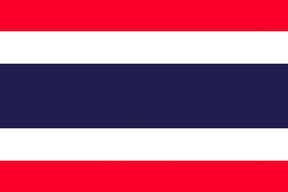
- Thai
- (2016.05.06 - 05.13)
